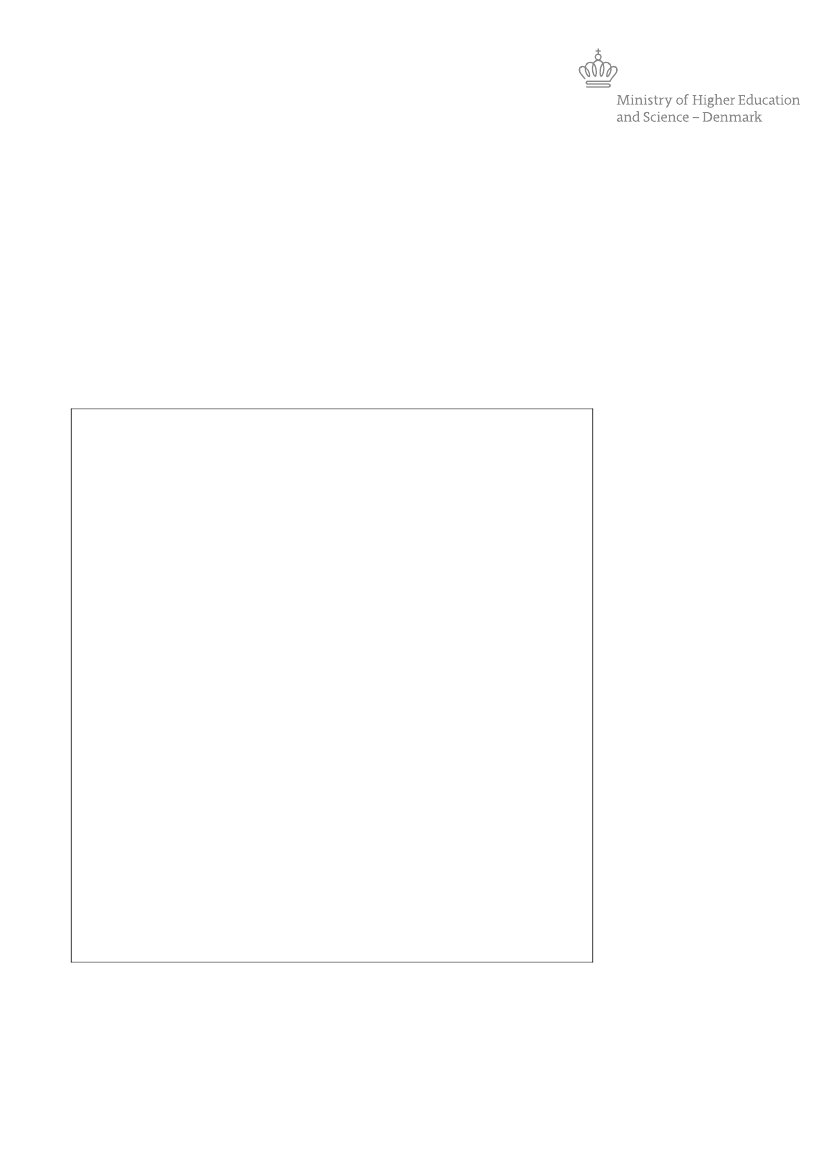
Early Danish position on the next EU framework programme for
research and innovation
A strong EU framework programme for research and innovation is essential for
the EU to maintain and strengthen its global position as a robust, competitive
knowledge economy and tackle societal challenges throughout the next decades.
Therefore, research and innovation is expected to be one of the
key priorities
in
a modernised EU budget.
The framework programme should generate maximum impact, e.g. by setting a
common,
strategic agenda
for European research and innovation investments
that effectively underpins the EU’s overall political objectives,
and supports the
implementation of the European Research Area.
The success of the EU framework programmes continues to depend on the
prin-
ciple of excellence
for all research and innovation actions. Excellence is the
basis for EU-funded research to be truly world-class and ground-breaking and
thus successful in reaching
Europe’s
overall, strategic objectives.
Excellent research and higher education are mutually supportive and mutually
dependent. More should be done to strengthen the
coherence between re-
search, innovation and higher education
to ensure the next generation of
excellent researchers and innovators, and the effective circulation of knowledge.
Furthermore, it is crucial for the next framework programme to contribute to
boosting innovation in Europe
and to effectively address the European
‘inno-
vation challenge’. The circulation of knowledge is key in this regard
–
and innova-
tion instruments should be lean, simple, user friendly and flexible.
The next framework programme should be
easy
to understand, easy to use and
easy to administer. It must be
open
and
inclusive
in order to tackle the research
and innovation divide and thereby complement efforts at national level.
With this position paper, Denmark would like to provide early, concrete input to
the preparations of the next EU framework programme for research and innova-
tion.
16 May 2017
Danish Agency for Science and
Higher Education
Bredgade 40
1260 Copenhagen K
Denmark
Phone
+45 3544 6200
Fax
+45 3544 6201
E-mail
Website www.ufm.dk/en
CVR no.
Ref. no.
1991 8440
16/045073-03
Page
1/7